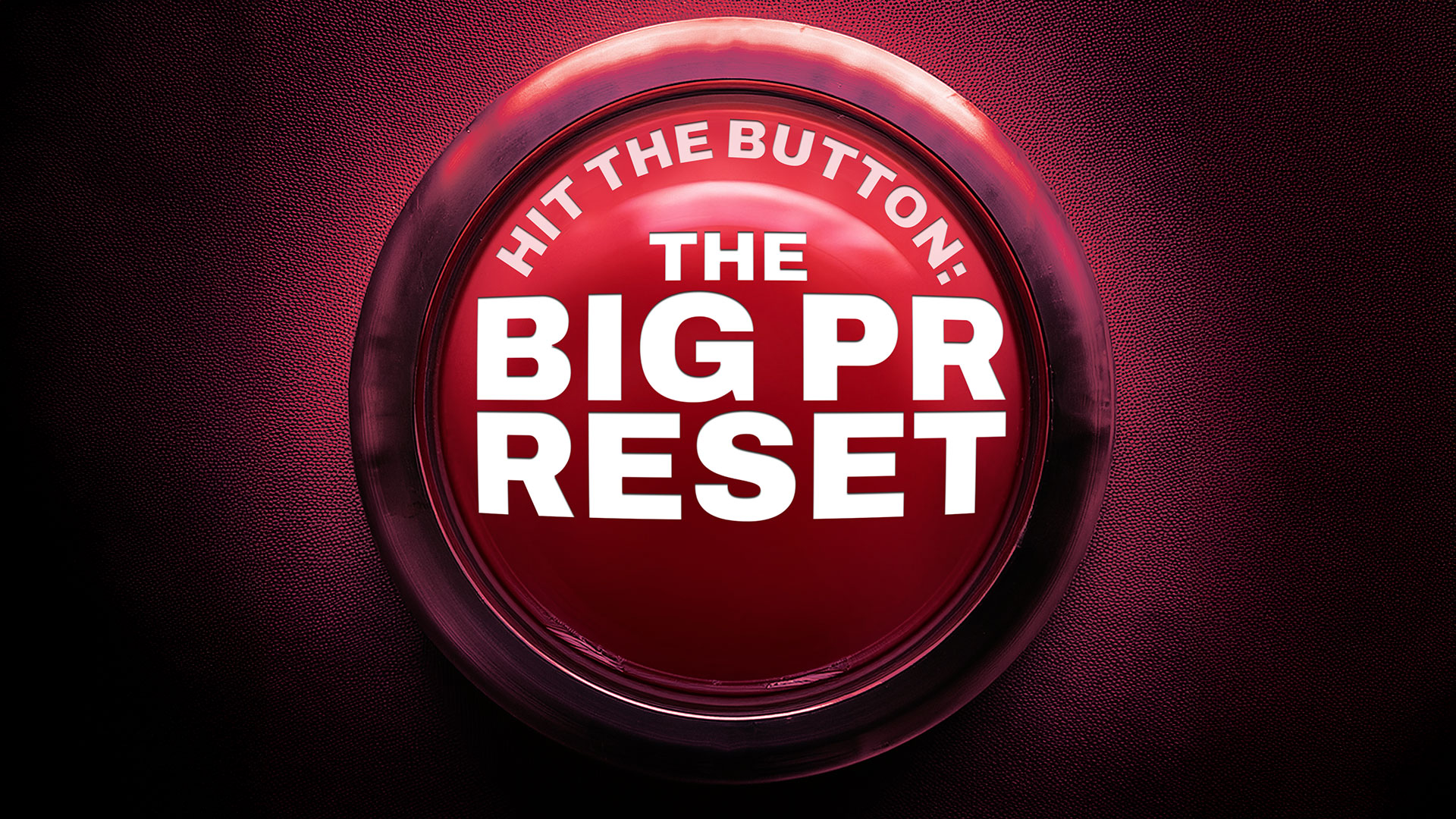In this blog, we discuss:
- the visibility challenges digital infrastructure brands face
- why traditional PR often falls short in this sector
- how a performance-focused approach can help
There’s a certain irony in working in digital infrastructure.
You’re the engine room of the internet – powering websites, platforms and content; keeping storage, cloud services, networks and data flowing.
You make the digital world work, keeping everyone else online, connected and visible.
And yet… generating visibility for your own brand? That’s more of a challenge.
The digital infrastructure market is crowded. Buyers are sceptical. Sales cycles are long. And your competition are behemoths like AWS, Microsoft and Google.
So how do you cut through?
How do you prove you’re not just another “cloud solution”?
How can you prove – categorically – that PR spend is worth the investment?
Common challenges for digital infrastructure brands
Do any of these challenges sound familiar? If so, read on. Digital infrastructure brands are among the hundreds of B2B tech brands we’ve worked with for the last 30 years and these are the problems we see most often.
Struggling to generate visibility and differentiate: Being seen is one thing. Getting noticed is another. Visibility puts you on the radar, but standing out is what makes people pay attention. Your tech might be smarter, faster, more secure but if your message sounds like everyone else’s, it’ll get lost. Buyers are under pressure and short on time so your PR needs to grab attention, outshine the competition and be remembered.
Your buyers have complex buying cycles: Selling into a buying committee is like trying to convince a table full of people to agree on where to eat: the IT lead wants performance; the finance lead wants savings; the compliance officer wants a stress-free audit.
Infrastructure deals take time; they’re high value, involve multiple decision-makers and often drag on for months. With all the internal discussions, questions and delays you need to keep one foot in the room the whole way through. So how do you stay relevant and helpful without being pushy or annoying?
Performance PR can help digital infrastructure brands
It increases visibility through:
- Press releases which get your news in front of the right journalists.
- Articles which give your take on the issues your buyers care about.
- Case studies which prove you can deliver.
- Videos which bring what you do to life in a way that’s quick, clear and shareable.
- Award entries show you’re recognised for your solutions and work.
- Social campaigns which put your message in front of decision-makers where they’re already scrolling.
It can aid complex buying cycles:
PR must support and nurture journeys, not just bring in the leads initially. Therefore there needs to be a drip of communication, with messages delivered clearly, confidently and consistently.
- PR can keep you visible across a long decision-making process period so you’re not forgotten.
- It can deliver a steady flow of interviews, thought leadership and media features which can educate and reassure your buyers throughout the process.
- It can help to secure third-party endorsements e.g. via customer testimonials or mentions in analyst reports which make it easier for buyers to justify their decision internally.
All these PR activities can position your brand as a trustworthy, forward-thinking choice. And earning trust is key, because when buyers are comparing options, the brand they’ve seen offering consistent, valuable insight is the one they’re more likely to pick. And when you tailor messaging to your buyers’ different roles, your sales team can use PR’s useful content and coverage to keep conversations warm – and crucially – moving.
How Performance PR can secure internal buy in
Even if you do, not everyone in your organisation is likely to get what PR does.
To non-marketing teams and senior management, things like “brand awareness” or “engagement” sound fluffy. Instead they’re focused on: leads, deals and revenue. So when you talk about top-of-funnel activity or PR coverage, the first question is often: “What’s the ROI?”
A fair question, but it puts a lot of pressure on professionals like you to prove the value of work which doesn’t always result in conversion overnight.
Have you ever had to justify questions like:
“How many leads did that article bring in?”
“What’s the value of that podcast appearance?”
“Do we really need to be on that panel?”
Well this is where Performance PR comes in.
Performance PR is built on measurable KPIs, ensuring every campaign is aligned with your business objectives. By directly linking actions to outcomes, it delivers clear evidence of impact. It ditches vanity metrics and speaks the language the boardroom wants to hear.
It arms you with proof so when leadership asks what PR is doing for the business, you can confidently say: “Let me show you.”
Measuring PR’s impact for digital infrastructure brands
So just what might those numbers and outcomes look like in a Performance PR campaign designed to target these challenges?
Visibility: If PR is helping you to become more visible, you’ll see increased media coverage, search interest, social mentions, website traffic and backlinks.
Complex buying cycles: To measure whether your PR efforts are supporting complex buying cycles, you want to track metrics which show how PR is influencing awareness, trust, education and conversion over time. Are more people searching for your brand, visiting your site or downloading your content after a campaign? Are leads engaging with thought leadership, mentioning articles in sales calls or moving through the funnel faster?
If you’re in digital infrastructure and battling to stand out, drive your pipeline and prove ROI, it’s time for a partner who gets it. That’s where we come in. Find out more about Performance PR and how we do it here at Whiteoaks. Ready when you are.







